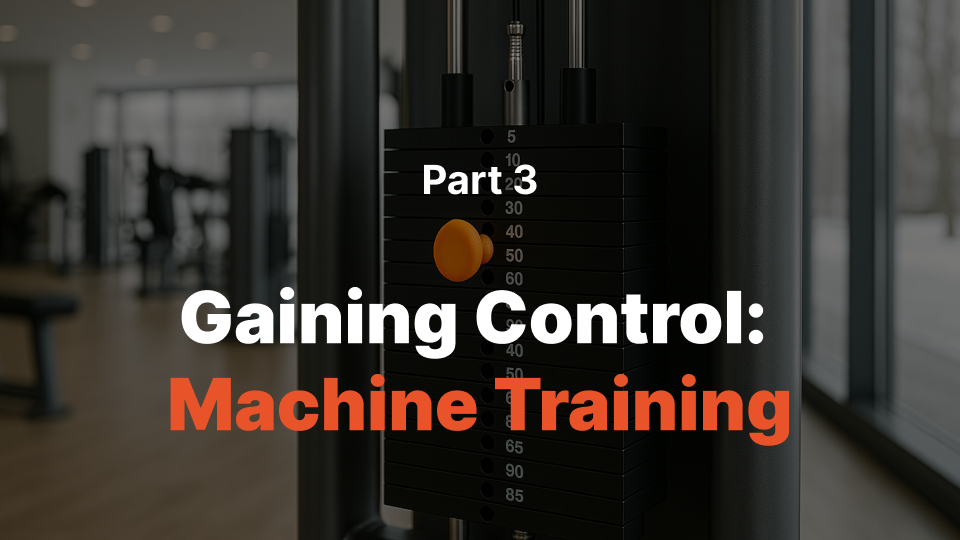Introduction
The dumbbell lunge is a strength training exercise that targets the lower body muscles, primarily the quadriceps, hamstrings, and glutes. It's particularly effective at improving balance, stability, and muscle tone in these areas. This exercise simulates the motion of walking or running lunges, using dumbbells to add resistance and make it more challenging. It is beneficial for individuals aiming to enhance their lower body strength and overall fitness level, as well as those training for sports that require agility and power.
Muscles Worked
- Primary: Quadriceps (thigh), Gluteus maximus (buttocks)
- Secondary: Hamstrings (back of the thigh), Calves, Abductors and Adductors (outer and inner thigh), Erector spinae (lower back)
How to Do It (Step-by-Step)
- Stand with feet hip-width apart, holding a dumbbell in each hand by your sides.
- Step forward with one foot, lunge until the front knee is at a 90-degree angle, and the rear knee nearly touches the floor.
- Keep your core engaged, chest up, and front shin vertical; return to starting position by pushing through the heel of the front foot.
Tip: Maintain equal weight distribution on both feet throughout the movement for balance and efficiency.
Rep & Rest Guidelines
- Strength: 4–6 reps, 2–3 min rest
- Hypertrophy: 8–12 reps, 60–90 sec rest
- Endurance: 12–20 reps, 30–60 sec rest
Use Auto Progression to increase your weights over time and reach new strength milestones. Auto Progression
Keep track of your rest periods with the Rest Timer feature in Volym App. Rest Timer
Form Tips
- Maintain an upright torso and avoid leaning forward excessively during the lunge. Keep your back straight, with a slight forward tilt from the hips.
- Step forward with one foot keeping the front knee directly over the ankle, do not let it extend beyond the toe or go past vertical. Return to starting position and repeat on the other side.
- Engage your core muscles to prevent your body from swaying or twisting during the lunge. Keep a natural arch in your lower back, avoid rounding or hyperextending.
When to Use It
- Lower body strength and mobility improvement for everyday activities
- Developing functional strength for sports that require dynamic movements
- Balance and stability training for rehabilitation and injury prevention
- To track and manage your workout history, visit Workout History
A dumbbell lunge works primarily the quadriceps, glutes, and hamstrings.
For beginners, aim for 3 sets of 12 reps. For advanced individuals, consider increasing sets or weight.
Yes, using one dumbbell in each hand will activate both legs evenly.
Maintain an upright torso, engage your core, and keep your front knee behind your toes for optimal form.
Yes, using a resistance band can provide a similar workout, but the intensity may not be as high.


